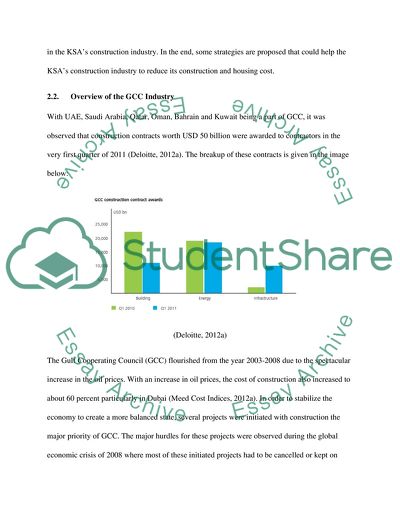Cite this document
(Housing and Construction Cost Escalation: A Case Focused on Saudi Study Example | Topics and Well Written Essays - 5000 words, n.d.)
Housing and Construction Cost Escalation: A Case Focused on Saudi Study Example | Topics and Well Written Essays - 5000 words. https://studentshare.org/engineering-and-construction/1793061-housing-and-construction-cost-escalation-a-case-study-focused-on-saudi-arabia
Housing and Construction Cost Escalation: A Case Focused on Saudi Study Example | Topics and Well Written Essays - 5000 words. https://studentshare.org/engineering-and-construction/1793061-housing-and-construction-cost-escalation-a-case-study-focused-on-saudi-arabia
(Housing and Construction Cost Escalation: A Case Focused on Saudi Study Example | Topics and Well Written Essays - 5000 Words)
Housing and Construction Cost Escalation: A Case Focused on Saudi Study Example | Topics and Well Written Essays - 5000 Words. https://studentshare.org/engineering-and-construction/1793061-housing-and-construction-cost-escalation-a-case-study-focused-on-saudi-arabia.
Housing and Construction Cost Escalation: A Case Focused on Saudi Study Example | Topics and Well Written Essays - 5000 Words. https://studentshare.org/engineering-and-construction/1793061-housing-and-construction-cost-escalation-a-case-study-focused-on-saudi-arabia.
“Housing and Construction Cost Escalation: A Case Focused on Saudi Study Example | Topics and Well Written Essays - 5000 Words”. https://studentshare.org/engineering-and-construction/1793061-housing-and-construction-cost-escalation-a-case-study-focused-on-saudi-arabia.


